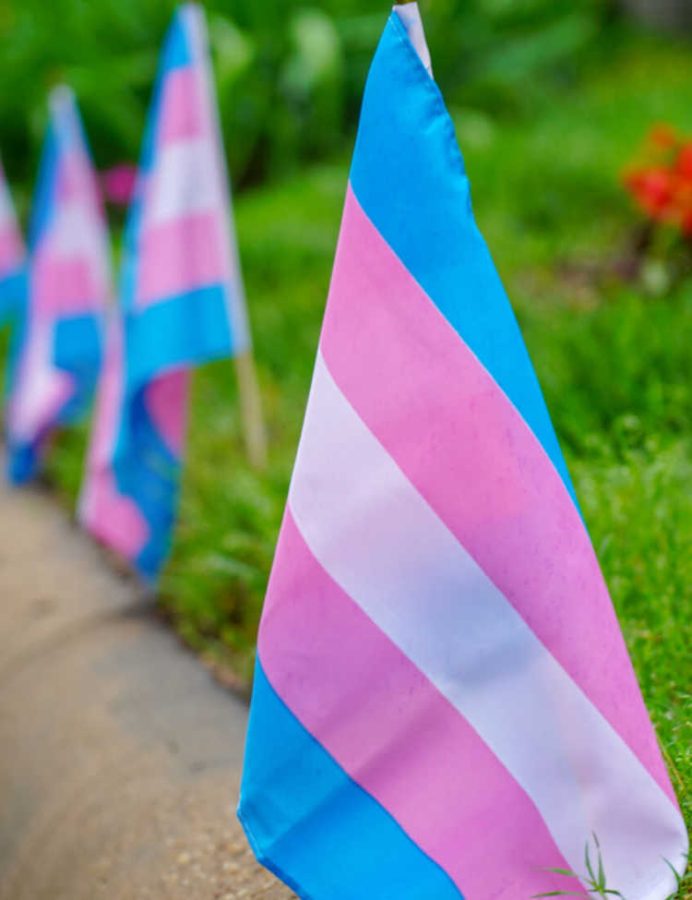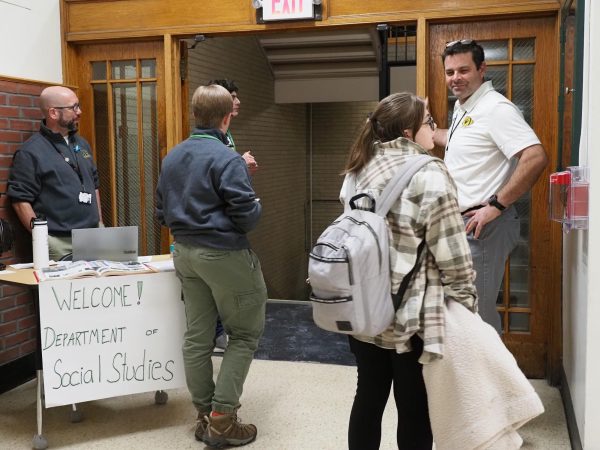Transgender-Inclusive Colleges
Photo credit: https://www.leedsbeckett.ac.uk/blogs/lbu-together/2021/11/transgender-awareness-week/
November 7, 2022
Ten years ago, you probably would not have seen any articles or news outlets covering transgender inclusivity in colleges. In fact, the first college to include a policy accepting trans and non-binary students for admission was Mills College in 2014.
Currently, there is a multitude of colleges that have specific policies allowing and welcoming trans students.
Of the 28 active historically women’s colleges, 22 have official policies in place that openly admit trans students. For example, Mount Holyoke College “welcomes applications from female, trans and non-binary students” and Barnard College will consider those that “live and identify as women, regardless of the gender assigned to them at birth.”
This step forward in college inclusivity is very significant to trans youth. An important factor when applying for college is the campus environment, and these new policies provide safer and more accepting environments for queer students that are worried about their identities impacting their college life.
According to a 2015-2017 study by Boston University’s School of Public Health that interviewed students from 71 colleges, “60 percent of gender-minority students screen[ed] positive for clinically significant depression, compared to 28 percent of cisgender students.” Additionally, this research has shown that trans students have higher college dropout rates and experience consistent harassment and discrimination on campus. Effects of exclusivity in colleges, such as these, are why some schools have taken steps toward becoming more trans-inclusive.
In another study by the National Association of School Psychologists, reports showed that “almost all transgender students had been verbally harassed…because of their gender expression (87%),” and that those often experiencing harassment were twice as likely to skip school for personal safety. Furthermore, over a quarter of trans students had been physically assaulted: “punched, kicked, or injured with a weapon” due to their gender expression. However, when colleges implement changes to their system that better protect trans students, reports of increased feelings of safety and connection to school staff become more common.
Specific policy changes such as gender-affirming housing, gender-neutral bathrooms, access to better mental health resources and giving trans people a voice are good first steps to creating a supportive and equal environment for trans students during their college experience.











